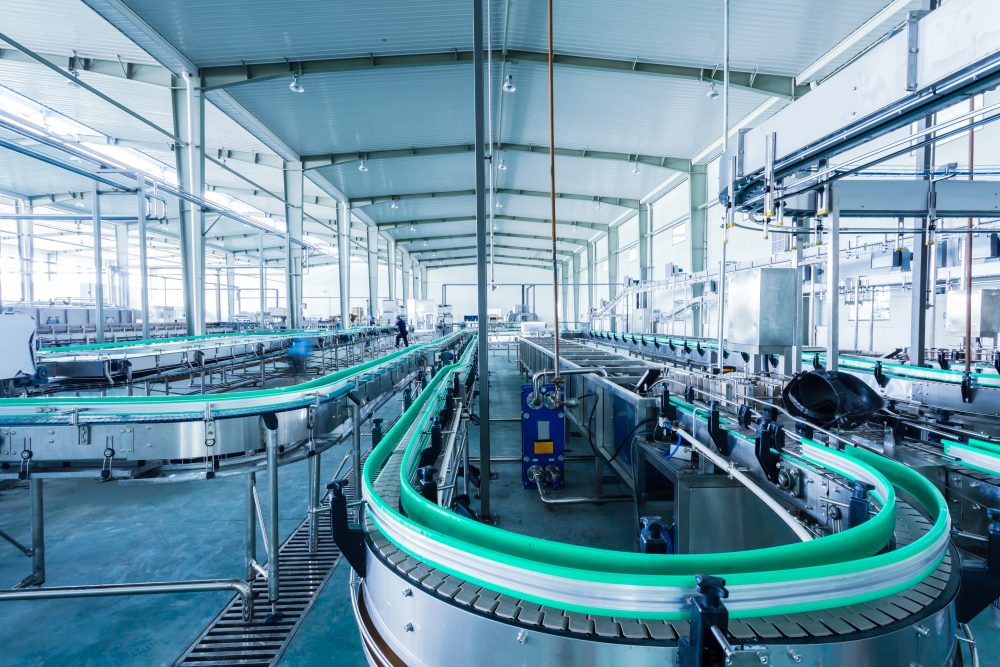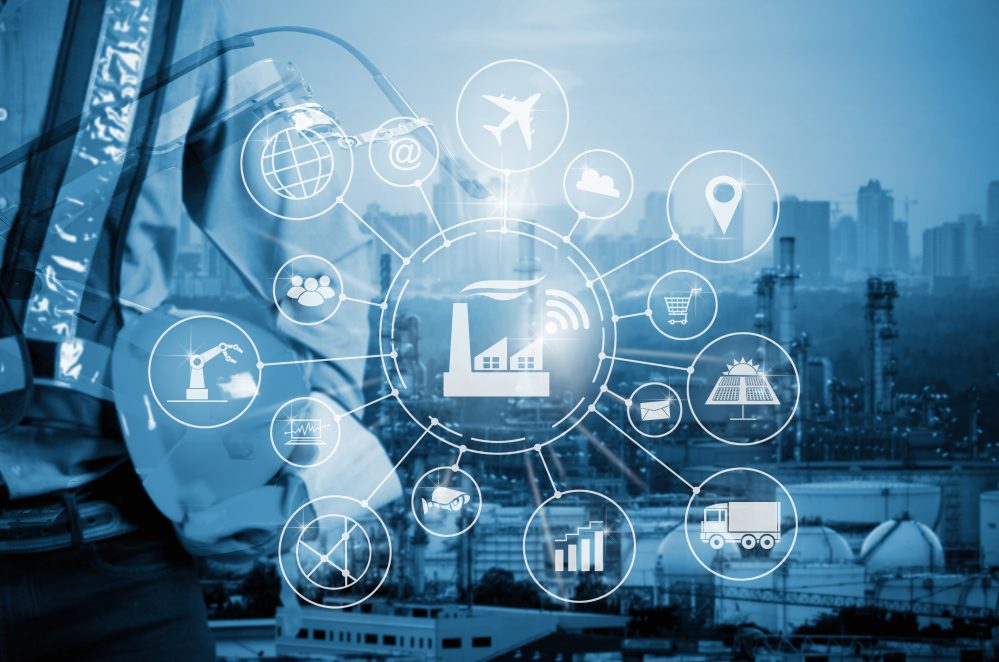How Blockchain, IIoT and AI Make the Global Supply Chain More Resilient
The Suez Canal blockage in March 2021 pointed out a major pinch point — for lack of a better term — within the global supply chain. One ship getting blown off course during a predictable sandstorm halted 12% of global trade — an estimated $9.6 billion per day. While the Ever Given was freed after six days, the ripple effects of the event will be felt for months due to the thousands of ships delayed in those six days.
Witnessing the magnitude of what a single ship mishap can do to interrupt global trade makes it obvious that safeguards need to be put in place to prevent such events in the future. If an accident put a stop to 12% of global trade, what kind of damage could an intentional act inflict?
Continue Reading “How Blockchain, IIoT and AI Make the Global Supply Chain More Resilient”







